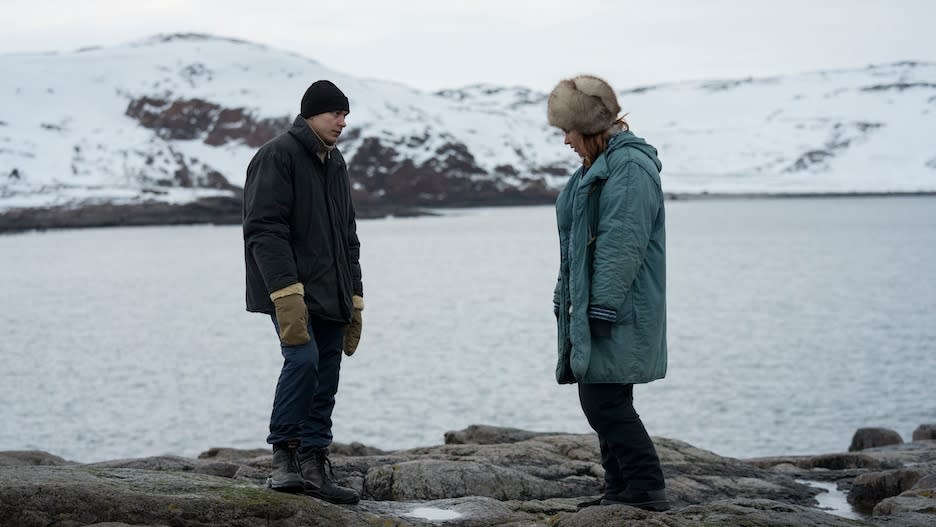How Finnish Oscar Entry ‘Compartment No. 6’ Rewrote the Ending After a Surprise Snowstorm
- Oops!Something went wrong.Please try again later.
A version of this story about “Compartment No. 6” first appeared in the International issue of TheWrap’s awards magazine..
Finnish director Juho Kuosmanen’s road film “Compartment No. 6,” the winner of the Cannes Film Festival’s Grand Prize (which it shared with Asghar Farhadi’s “A Hero”), sketches the unlikely friendship that grows between a Finnish archaeology student and a Russian miner on a train to the frigid northwest of Russia.
This marks the second time that Kuosmanen has represented Finland in the Oscar race, after 2016’s “The Happiest Day in the Life of Olli Maki.” We sat down with Kuosmanen to discuss how he approached his new film.
What brought you to this story?
I think trains are very cinematic and the book (by Rosa Liksom) is also very cinematic. When I was reading it, I saw strong images. I also liked that it’s a road movie, but it’s in a train where you can’t really choose anything. You just have to take what comes. It’s a simple story, but there are possibilities to go deep into this kind of human connection. When I read it, I didn’t have a clear idea of a film, but I had a feeling that there are lots of possibilities.
But the film is more inspired by the book than adapted from it, right?
Yes. In the end, we changed so much that I wrote to the author saying that I think we talk about inspiration rather than “based on.” And she was fine with it. But it still took quite a long time to get off the book. There were many, many versions of the script, and they were really based on the book until the last maybe two versions.
Why did it move away from the book so much?
Well, in the novel, there are so many time layers and most of the things that we learn about the woman are from flashbacks. In the train, she’s silent. So I think the first idea was to get rid of the flashbacks and do it in a more linear way of storytelling.
But we also changed it because in the book they go to Mongolia, which seemed much more difficult to do and not as interesting visually. It’s set in the ’80s in the Soviet Union, and the book has quite a lot about system in the Soviet Union, which I didn’t think we needed. So we set it after the ending of the Soviet Union.
And the ages of the characters are very different. She is so much younger and the other guy is so much older. But when I found the actors, I felt like, “OK, I want to have the freedom to work with them.” When I saw them together, it was obvious that this was the couple. They were more like siblings than anything else. And that was actually the film, not what we had in the script. It was a very important moment to realize that.

With a movie set in a train, and mostly inside a single compartment, how do you keep it from feeling claustrophobic?
This was also our concern, and we were struggling — how can we stay inside in this tiny space? How much do we need to go out so that it’s not getting too heavy? It’s why we did the scenes when she steps out of the train in St. Petersburg and when they go out to visit the old lady. On the other hand, the compartment is a really tiny space and we didn’t want to make it any bigger than it was, because that helps the ending where you finally have the freedom and the air around you.
Not just air, but wind and sea and snow.
The snowstorm was a surprise. We were supposed to go to the sea with the boat and have this dialogue about “Titanic.” But then this snowstorm came out of nowhere and we lost our tents — I mean, our catering tent flew away to the sea. It was a crazy moment. We thought that we’d have to stop, but it looked so amazing that I wanted to use it somehow, and I knew that we had to leave the next day. Luckily, the crew and the actors were on the same side. They all said, ‘Yeah, let’s do it.”
Read more from the International issue here.


